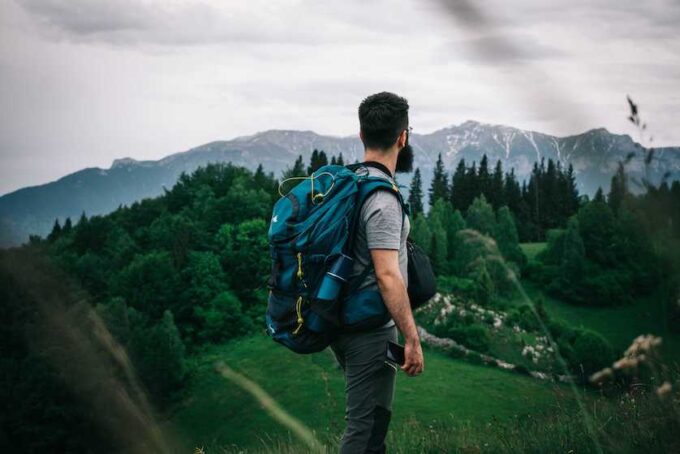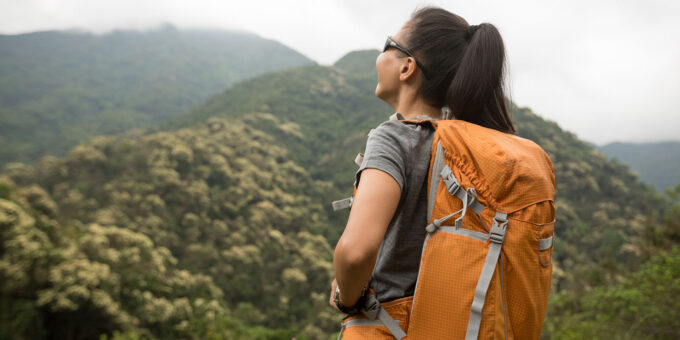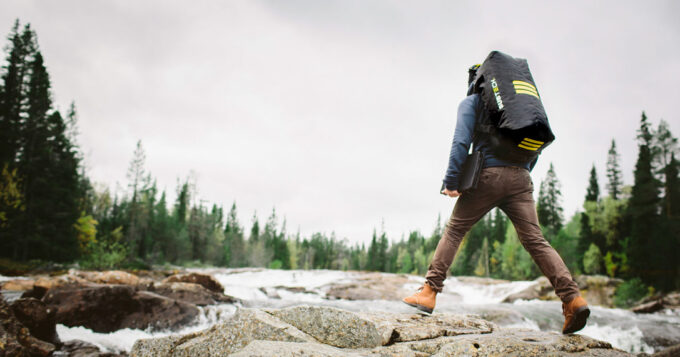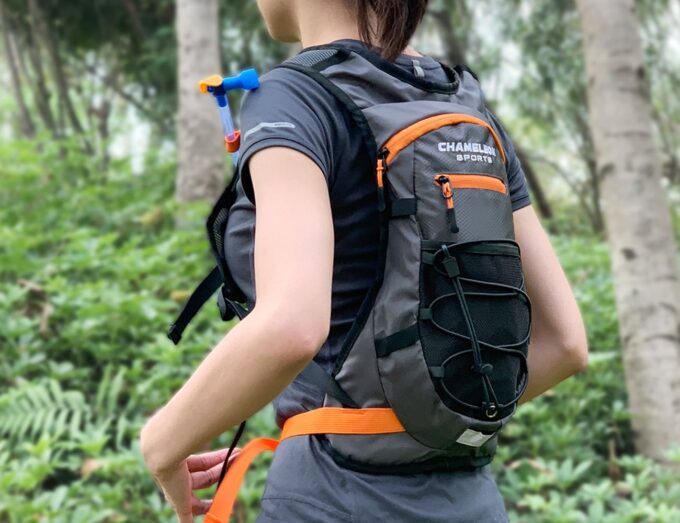Backpacking is a fun activity. Not only is it budget-friendly, but it will also let you experience and enjoy the simplicity of life. If you plan to go backpacking, the first thing you should acquire is a backpack. It is where you will put all of your necessities for the rest of the trip.
However, aside from getting confused about the backpack brands and models available, you might also find it hard to choose what type of backpack you should pick. Your choice must provide you with the best backpacking experience ever.
For starters, you might want to check out these compilations of the different types of backpacks available.
1. Hiking/Trekking Backpack

Source: adventurescape.in
The most common backpack used by backpackers is a hiking or trekking backpack. The reason behind this is that it has many compartments and multiple attachment points where you can put and attach all your backpacking gears securely.
This type of backpack also allows you to pack enough clothes as it has a spacious main compartment. It is designed to provide comfort to the user by ensuring proper back panel ventilation, which will keep your back cool and dry even during vigorous hiking activities.
There are many excellent hiking or trekking bags in the market. You can check out the best of them all by clicking here and start familiarizing yourself with each backpack in the article. This way, you will know what is best for you.
It would be best to consider three kinds of hiking backpacks: frameless, internal-frame, and external frame.
-
Frameless Hiking Backpack
The first kind of hiking backpack you can use is the frameless type. It is lightweight and can carry light loads only.
Backpackers often choose this kind of hiking backpack because it has a simpler design with fewer zippers, compartments, and straps. It also has an excellent fit when worn because the load provides the structure of the backpack.
If you are looking for an affordable hiking backpack, the frameless type can be an excellent option for you. It is also best for shorter trips as it is smaller than other hiking backpacks. It can carry up to 10kg of load.
-
Internal-Frame Hiking Backpack
The internal-frame backpack is what most hikers use nowadays. You can choose from many designs, but all of them have a suspension system that supports the structure of the backpack.
Because of the internal frame system of the backpack, it can provide you with more excellent stability, especially when you are traversing through uneven terrain.
It has thicker shoulder straps that provide more comfort to the backpacker, especially when loaded. However, you might dislike how this backpack doesn’t offer any ventilation in your back when carrying it.
-
External Frame Backpack
This next kind of hiking backpack can only be seen seldomly nowadays. Only retro backpackers use them as this has been a thing of the past. If you are looking for a cheaper framed backpack, this could be your best bet.
It also has excellent ventilation that will keep you cool throughout your journey. However, you may find it difficult to carry on an uneven trail. So, you better consider that fact before you purchase an external frame backpack. Moreover, an external frame backpack is heavy and unstable in off-trail conditions.
2. Daypack

Source: getndeal.com
As the name suggests, a daypack is a smaller type of backpack suitable only for a day trip. The size of a daypack varies greatly. You need to choose a size that can accommodate all the stuff you need during a day of hiking or trekking.
The smallest hiking daypack you can find can carry 10 liters. Meanwhile, you can also find the biggest daypack that can accommodate up to 50 liters.
A daypack has lots of compartments, such as stash pockets and side pockets. Not to mention the sleeping bag compartment it is designed with.
It also has excellent ventilation at the back panel and a hydration reservoir, which can be pretty helpful during a long hike. The daypack hiking backpack also comes with frameless and internal frame variations. The idea is the same as a hiking/trekking backpack but smaller.
When it comes to packing access, most daypacks are designed to be loaded from the top of the bag. But, you will only encounter daypacks that can be loaded from the sides, in front, and even at the bottom.
You will have all you need for a day of backpacking adventure in a daypack. So, if you are planning to take baby steps in entering the backpacking world, you might want to buy a daypack first.
3. Duffel Backpack

Source: hiconsumption.com
This backpack is a duffel bag with shoulder straps, which converts it into a backpack. It might look weird, but the duffel backpack is an excellent alternative to the hiking ones. It can give you a larger load capacity for a more extended vacation. It can also double this as a gym bag if you go to the gym all the time.
However, this option doesn’t have a lot of compartments that can separate your backpacking stuff inside the bag. A duffel backpack can load up to 120+ liters. Imagine the space you can have if you use a duffel bag.
It may be an eyesore for some backpackers to see you hiking with a duffel bag. But if the terrain is easy and even, bringing a duffel bag can give you more comfort when you arrive at your destination. This bag can bring all the things you need without worrying about the space left inside.
4. Hydration Backpack

Source: thegadgetflow.com
This backpack is used only for hydration purposes during hiking or trekking. It is small and lightweight and can carry three to ten liters of water maximum.
It also has small compartments where you can place your things, such as your phone, keys, wallet, pocket knife, and many more. It is only best for a trip that doesn’t require you to stay overnight.
Choose Which Type Suits You Best
With all the options you have, it won’t be surprising if you’re confused or a bit overwhelmed as to which one to choose. But with the help of this article, you can now start identifying which type of backpack is suitable for you according to your needs. So, with the right backpack, you’ll be ready for every terrain ahead of you!







